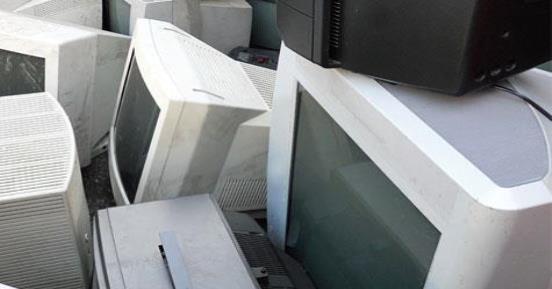Resources

Whitepaper
Iron Mountain's role in the digital transformation value chain
While many solutions are available from the intelligent document processing (IDP) market, organisations must consider scalability, security, integration with third-party software, and the depth of vendor experience. This research brief will explore Iron Mountain's role in the IDP market. Further, we will explore the company's roots in data management and how this deep experience helps it deliver differentiated solutions.

Solution Guides
How it works: IT asset disposition (ITAD) programmes
With Iron Mountain you'll know your data has been securely sanitised according to high standards

Blogs and Articles
Digital transformation in life sciences: Maturity is now a competitive requirement
Standards for digital transformation across the healthcare industry have vaulted forward, and digital transformation in life sciences is no different. For organisations invested in establishing competitive advantages that are sustainable in the long term, now is an ideal time to self-evaluate digital maturity.